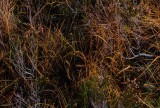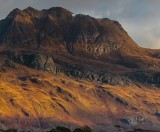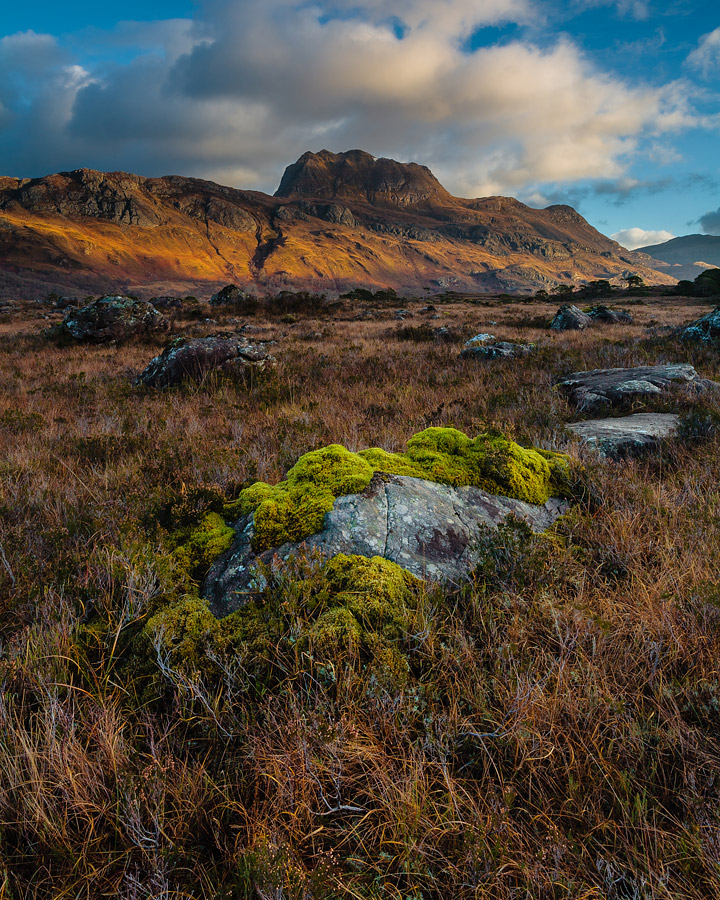Of all the difficult hurdles faced by landscape photographers, two are the most gruelling and exhausting. One of those is composition. Most people who join my photographic workshops want to learn how to compose a landscape picture beautifully. I always do my best to show them the way and be as inspirational as I can. However, composition is not something that can be learned during a photographic workshop, or even two. Composition is a subject that needs practice, imagination and a bit more practice. It is one of the elements in landscape photography that needs time and patience; the more time spent on composition the easier this difficult task becomes. My best advice is to slow down, spend ample time on location and allow compositions to come to you.
The second hurdle is focusing, but this need not be much of a hurdle, as long as you can find someone to explain, in simple words, how the entire system works. I realise that it is almost impossible to explain a focusing technique in theory. This is the reason why I see dawning comprehension on the faces of participants when I explain my theory on location. After all, it is much easier to explain the system when you are face to face with someone.
However, as it is impossible to be face to face with all my followers, I am going to do my best to explain my theory in simple terms, and with the assistance of one of my images.
Understanding depth of field
Primarily, we need to understand that it is not possible to achieve perfect depth of field in a landscape picture unless:
- We are using a tilt and shift lens; even then compromises have to be made. For a full guide to tilt and shift lenses and how to use them, you can read Mike Bell’s article in issue 27 of Landscape Photography Magazine.
- We take multiple frames focused on various parts of the scene and then blend them in software. This system is called ‘Focus Stacking’. You can find a guide to focus stacking in issue 21 of Landscape Photography Magazine.
What we can achieve, however, is ‘acceptable’ depth of field and here is where this simple technique comes in handy. I am going to take you through my procedure in exactly the way it happened.
The procedure
 Having found the appropriate subject and fine-tuned the composition, it was time to turn my attention to focusing; where I should focus and why. My aim was to have the moss covered rock and the foreground grass in perfect focus and pin sharp. I was more than happy for the beautiful backdrop of Slioch Mountain to be less so. Sometimes, compromises need to be made.
Having found the appropriate subject and fine-tuned the composition, it was time to turn my attention to focusing; where I should focus and why. My aim was to have the moss covered rock and the foreground grass in perfect focus and pin sharp. I was more than happy for the beautiful backdrop of Slioch Mountain to be less so. Sometimes, compromises need to be made.
I set the aperture to f/16 on my full frame camera (equivalent to f/9 on an APS-C camera) and decided to focus on the far side of the moss. I took a picture, zoomed in to 100% while previewing it on the LCD screen and scrolled all the way down to the bottom of the frame. The grass blades did not appear to be sharp enough.
I repeated the procedure but this time focused slightly closer. Again, the grass blades were not as sharp as I wanted them to be.
This time I focused even closer. Upon checking, the grass blades now looked excellent. I then checked the distant mountain and, as expected, it did not appear to be sharp enough. However, as I had given priority to the sharpness of the foreground and middleground, the crucial parts of the scene which attracts the viewer’s eyes when looking at a print, I was more than happy to compromise. You can see crops of the grass blades and mountain at 100% in the small pictures.
Backup
 I took a few more frames at different apertures, one of them at f/22. The distant mountain was more in focus, but detail on the grass blades, and the entire picture in fact, was degraded due to lens diffraction. It might look fine on the screen as a small jpg but as a print, I preferred the one at f/16. You can understand diffraction by reading this article.
I took a few more frames at different apertures, one of them at f/22. The distant mountain was more in focus, but detail on the grass blades, and the entire picture in fact, was degraded due to lens diffraction. It might look fine on the screen as a small jpg but as a print, I preferred the one at f/16. You can understand diffraction by reading this article.
Finally, I need to mention that the sky was cropped out, in order to change the composition format to 5x4; this was accounted for on location.
My final advice on this issue is, slow down and devote time to each single picture you take. I assure you, both your composition and focusing techniques will improve dramatically.


8 Comments
I will be on your tips…..hope i can do fine and retrive
Your Landscape Photography Magazine provides hours of inspirational reading…well done on the first fantastic fifty issues…I look forward to many many more!
Thank you very much for the kind words, Griffin.
Focusing has really become my focus in photography recently. After thousands of shots just experimenting with focusing, I can honestly recommend that the most accurate photos where I wanted both near and far pin sharp focus were always achieved through using Hyperfocal distance focusing. I adjusted the C OF C to 0.02. This increased the Hyperfocal distance a little. But now I consistently get shots that I can print to A0 size that are really impressively in focus.
Thanks for pointig to the theory of hyperFD. but i did not understand that what are you trying to conway by saying (I adjusted the C of C to 0.02). Could you please clerify.
Hi Rajinder
I am really sorry but I don’t understand your question. Where did you see (I adjusted the C of C to 0.02) written in this article?
Thanks for sharing your focusing technique. It seems photographers of any level of experience have to fight the temptation to take as much photos per location as possible. Here you show the importance of slowing down an check for critical sharpness along the way. I will practice this from now on, aiming to improve the quality of my work.
Hi Ismael
I am happy my article was of some help, thank you for leaving a comment.